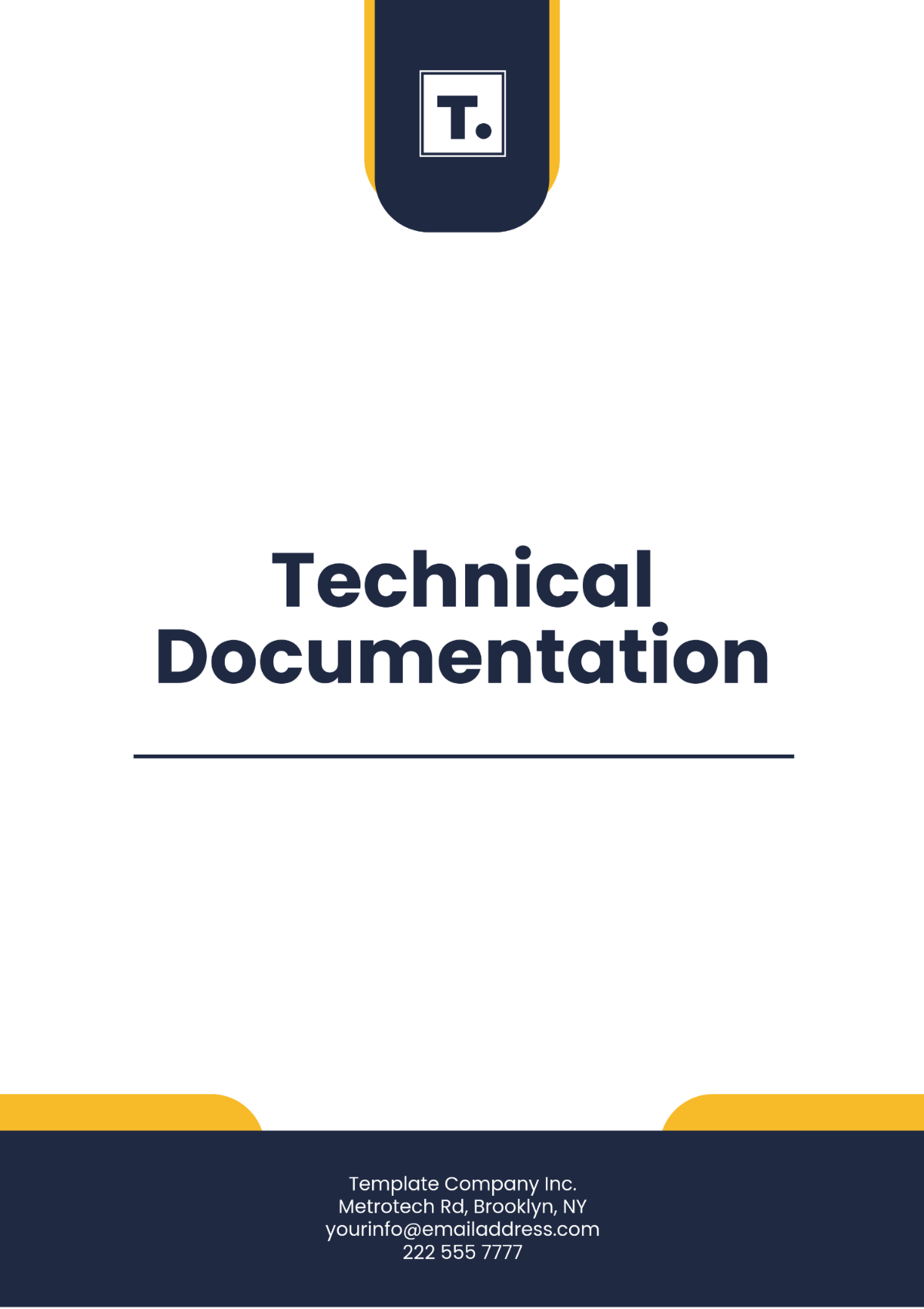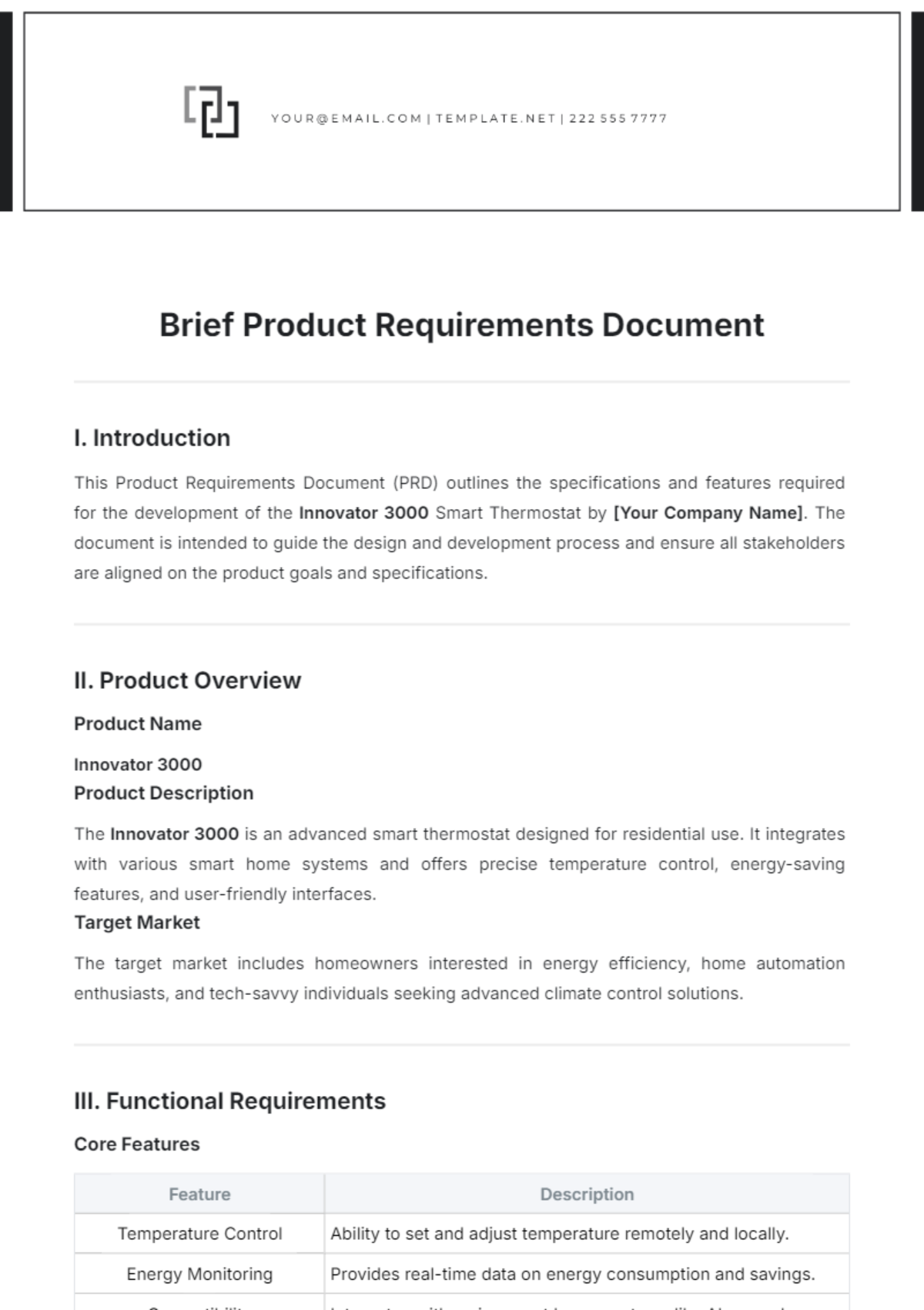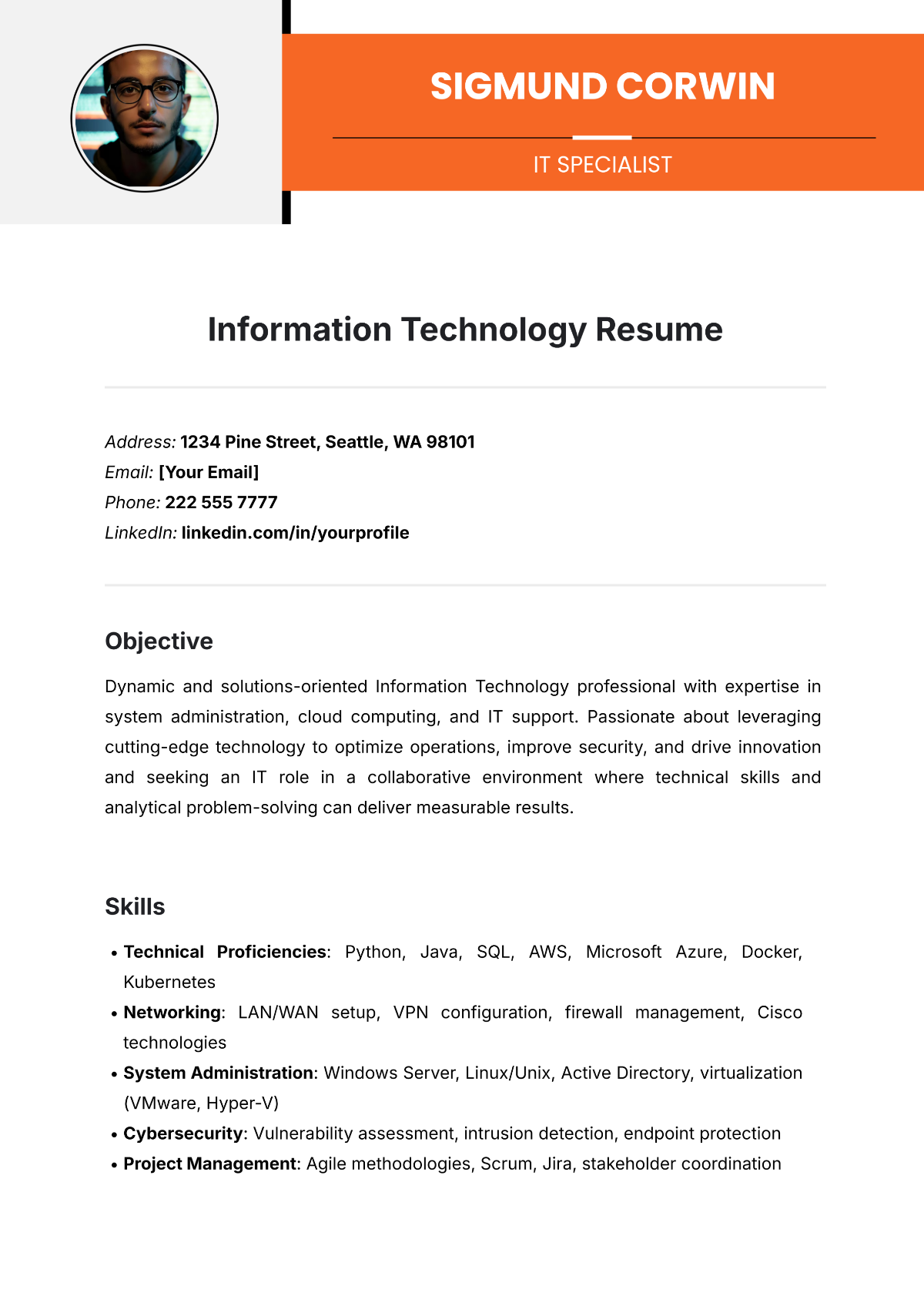Website Guide Outline
I. Introduction
A. Purpose of the Guide
Explanation of the guide’s objectives.
Overview of the importance of a well-structured website.
B. Target Audience
Identifying who will benefit from this guide.
Tailoring advice for businesses, individuals, and non-profits.
C. Contact Information
[Your Company Name]
[Your Company Email]
[Your Company Number]
[Your Company Address]
II. Planning Your Website
A. Define Your Goals
What's the goal of your website? (e.g., e-commerce, informational, portfolio)
How to align goals with website features.
B. Identify Your Target Audience
Understanding user needs and behaviors.
Creating user personas.
C. Choose a Domain Name
Tips for selecting a memorable and relevant domain.
Domain registration process.
D. Budgeting and Planning
Estimating costs (development, hosting, maintenance).
Creating a timeline for development and launch.
III. Design and User Experience
A. Website Layout and Structure
Choosing between different layout options (e.g., single page, multi-page).
Importance of intuitive navigation.
B. Design Principles
Essential design elements (color schemes, typography, imagery).
Mobile responsiveness and accessibility considerations.
C. User Experience (UX) Design
Ensuring ease of use and engagement.
Importance of fast loading times and clear calls-to-action.
IV. Content Creation
A. Developing a Content Strategy
Types of content (text, images, videos).
Creating a content calendar.
B. Writing Effective Website Copy
Best practices for an engaging and informative copy.
SEO basics to improve search engine rankings.
C. Integrating Media
Guidelines for using images, videos, and other multimedia.
Tools and resources for content creation.
V. Technical Aspects
A. Choosing a Website Platform
Overview of popular platforms (WordPress, Wix, Squarespace).
Factors to consider (ease of use, flexibility, cost).
B. Website Hosting
Types of hosting (shared, VPS, dedicated).
Selecting a hosting provider and plan.
C. Implementing Security Measures
Basics of website security (SSL certificates, backups).
Protecting against common threats.
D. Search Engine Optimization (SEO)
On-page SEO techniques.
Off-page SEO strategies.
VI. Development and Launch
A. Building Your Website
Overview of the development process.
Testing for functionality and usability.
B. Launching Your Website
Steps to take before going live.
Promoting your website launch.
C. Post-Launch Activities
Monitoring website performance.
Collecting and analyzing user feedback.
VII. Maintenance and Updates
A. Regular Maintenance Tasks
Updating content and software.
Checking for broken links and performance issues.
B. Analyzing Website Performance
Using tools like Google Analytics.
Making data-driven improvements.
C. Continuous Improvement
Adapting to user feedback and changing trends.
Planning for future upgrades and enhancements.
VIII. Conclusion
A. Recap of Key Points
Summary of essential steps in creating and maintaining a website.
B. Additional Resources
Recommended tools, services, and further reading.
C. Contact Information
[Your Name]
[Your Email]

















































